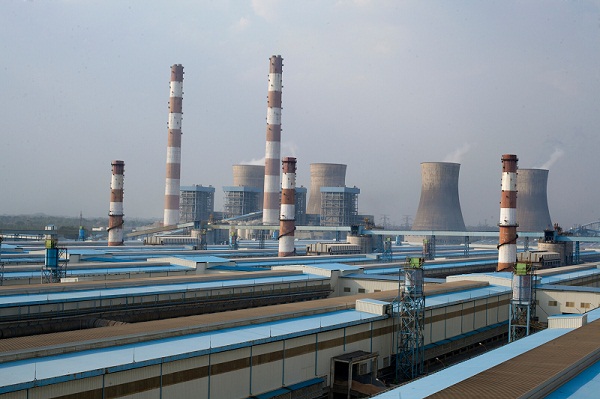Realizing Cement’s Potential to Power the Energy-Efficient Dream of India
Regards,
Related Articles
Delhi Bans Petrol and Diesel for Old Vehicles to Tackle Air Pollution
From July 1, 2025, Delhi has enforced a strict ban on the sale of petrol and diesel to old vehicles, marking a significant step...
CSR News: €1.5 Million pledged through CSR for Thane Creek Cleanup
Mumbai, India: AT Capital Foundation Limited (ATCF), the social impact arm of the AT Capital Group, is proud to announce a 5-year partnership with...
CSR News: Initiative Completes the Restoration of Devalali Pond
In a major project in rural water conservation, CLEAR Premium Water in collaboration with YFLO and the Dreams Foundation has completed the restoration of Devalali...


 Neeraj Akhoury brings with him over 28 years of rich experience in the steel and cement industries. He has worked in leadership roles in India and other emerging markets. He was appointed as Managing Director & CEO of ACC Limited in February 2017. In February 2020, he took over as CEO India, Holcim, Managing Director & CEO, Ambuja Cements Limited and Non-Executive Director, ACC Limited. He is on the board of Governors at National Council for Cement and Building Materials (NCCBM) constituted by the Ministry of Commerce & Industry, Government of India. He also serves as Vice President of Cement Manufacturers Association of India.
Neeraj Akhoury brings with him over 28 years of rich experience in the steel and cement industries. He has worked in leadership roles in India and other emerging markets. He was appointed as Managing Director & CEO of ACC Limited in February 2017. In February 2020, he took over as CEO India, Holcim, Managing Director & CEO, Ambuja Cements Limited and Non-Executive Director, ACC Limited. He is on the board of Governors at National Council for Cement and Building Materials (NCCBM) constituted by the Ministry of Commerce & Industry, Government of India. He also serves as Vice President of Cement Manufacturers Association of India.